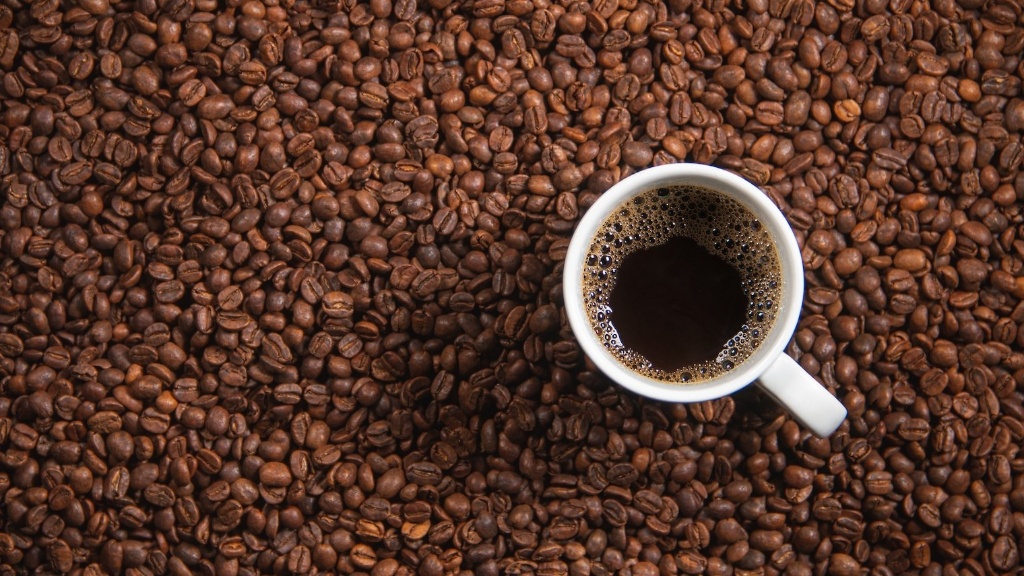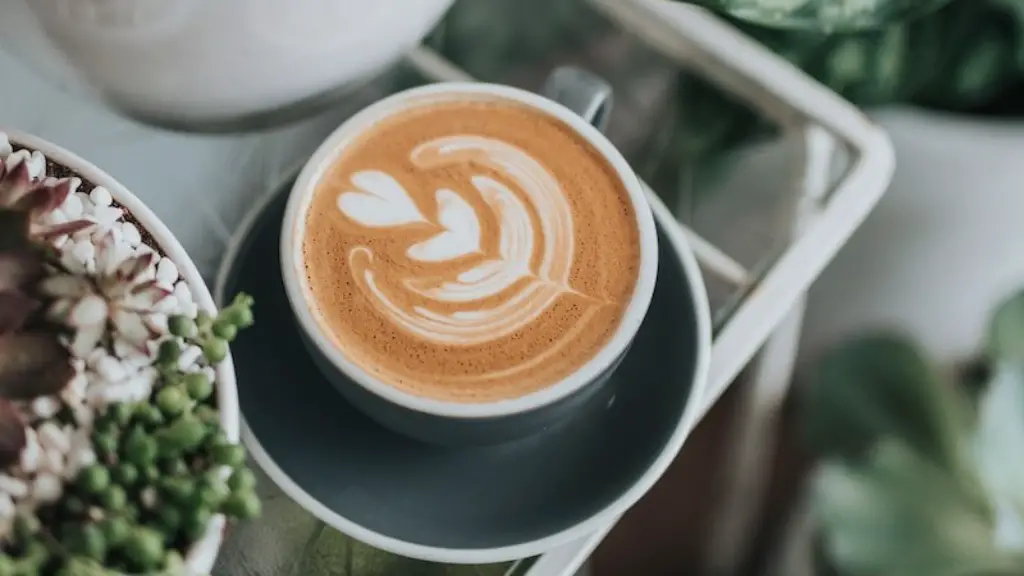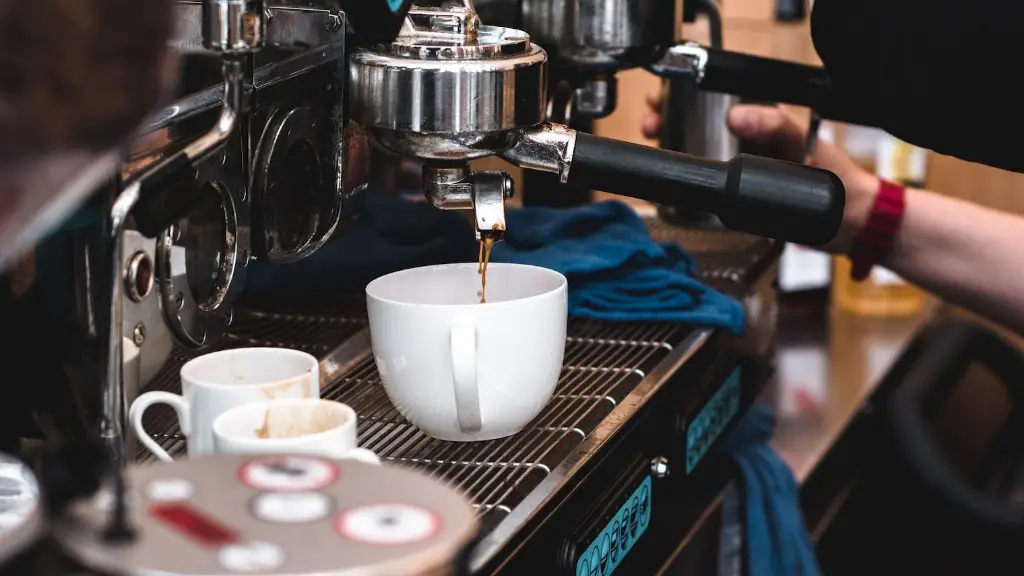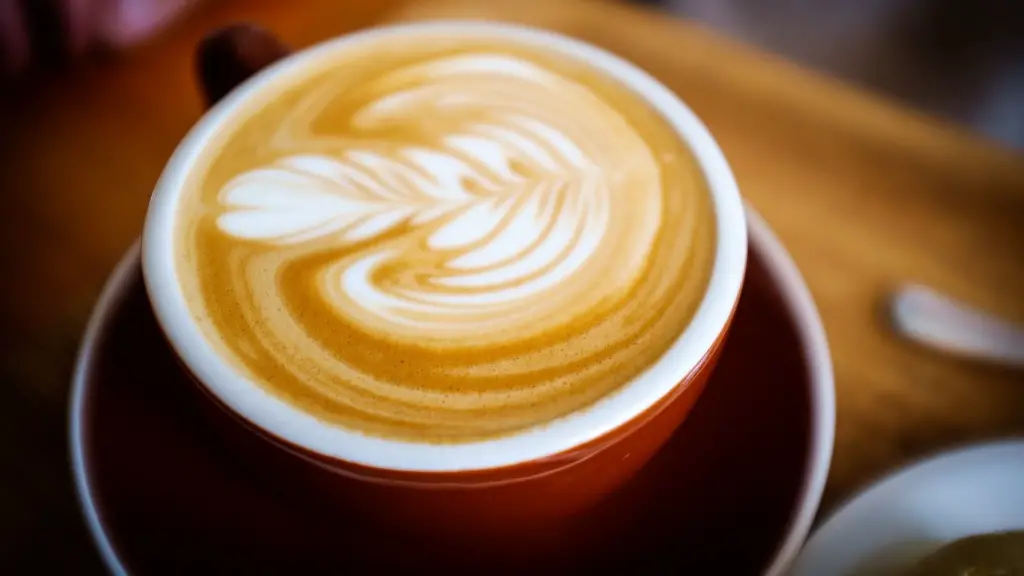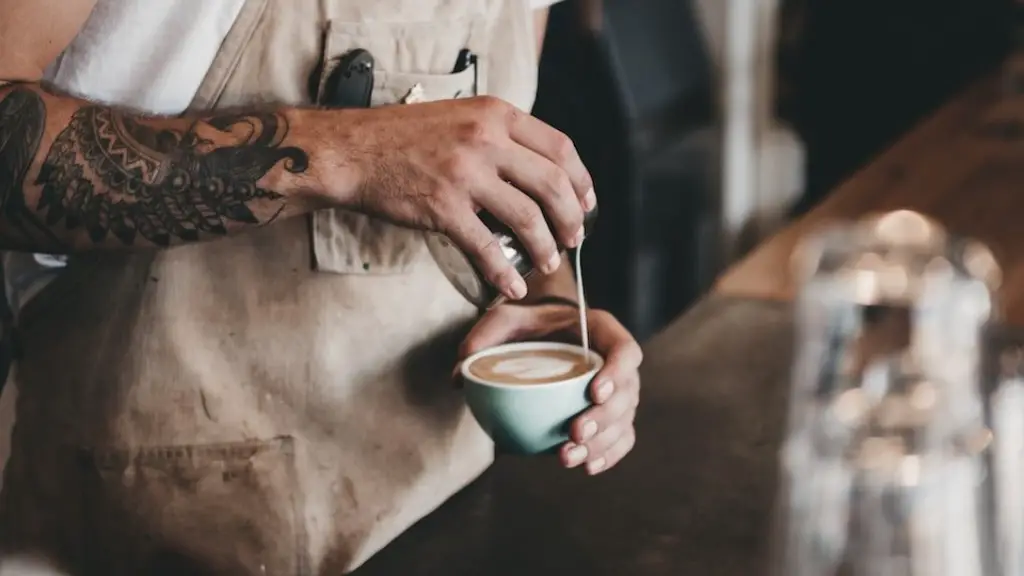In a pinch, you can grind up coffee beans without a grinder by using a couple of common kitchen tools. First, pour your beans into a deep bowl. Next, use the bottom of a heavy mug or a small hammer to crush the beans into smaller pieces. If you want a finer grind, try using a fork to break the beans down. Finally, pour the grinds into a coffee filter and brew as usual.
There are multiple ways to grind up coffee beans without a grinder. One way is to use a food processor. Simply add the desired amount of coffee beans to the food processor and pulse until the beans are the desired consistency. Another way is to use a mortar and pestle. Add the coffee beans to the mortar and use the pestle to grind the beans into a powder.
What is the best way to grind coffee beans without a grinder?
A mortar and pestle is the perfect tool for grinding coffee beans because it is simple and effective. With a mortar and pestle, you have the most control over the size of the grind, which means you can grind coffee beans coarsely or finely, depending on your preference.
If you’re using a blender to grind your coffee beans, the first step is to toss a small amount (1/4 cup) into the blender. Pulse the beans on medium speed to break them down to your preferred grind. Using a blender generally creates a coarser grind, great for brewing with a drip coffee maker, French press or cold-brew coffee maker.
How do you grind coffee beans manually
The best way to ensure a consistent grind is to use a plastic bag or parchment paper. Place your coffee beans inside and use a hammer to crush them until you have attained the desired consistency. Try to crush from one side of the bag to the other for a more even grind.
A blender can be a good substitute for a coffee grinder, especially if you need to grind beans into coarse to medium-coarse grounds. The blades on a blender work much like the blades on a blade grinder, spinning up and grinding the beans. Some blenders even have a grinder setting specifically designed for use on coffee.
What is the easiest way to grind coffee beans?
A mortar and pestle is a great way to get a consistent medium-fine to fine grind on your coffee beans. It will take a little time and elbow grease, but you should get excellent results. If you want a more consistent grind, try pulsing a scant 1/2 cup of whole beans at a time in a food processor.
In theory, manual coffee grinders should produce slightly better tasting coffee than automatic grinders, because manual grinders don’t heat up coffee beans during grinding Most automatic grinders grind at high speeds, and the friction slightly increases the coffee’s temperature for a short time. This heat can change the flavor of the coffee. Manual grinders are slower, so there is less friction and less heat.
Is it better to grind coffee beans in a blender or food processor?
If you’re a coffee lover, you might want to invest in a grinder. Allrecipes explains that pulsing your coffee in the food processor might work better than the blender because the beans have extra space to move around, resulting in a more even grind.
If your coffee grinder dies, you can use your Magic Bullet to grind coffee beans. Just make sure to use the manual coffee grinder settings. This affordable grinding option will get the job done, but you may get better results with an actual coffee grinder.
Is it cheaper to grind your own coffee
Given that whole coffee beans are typically not cheaper than ground coffee, it stands to reason that grinding your own coffee at home will not save you money. This is unfortunate, as many people believe that grinding their own beans will lead to savings. In reality, unless you are able to find cheaper whole beans, you will likely end up spending more by grinding your own coffee at home.
On average it will take a manual grinder 1 minute to hand grind the coffee beans for one cup of coffee. This varies according to the type of hand coffee grinder you are using, the size of the grind (fine espresso grind takes longer than a coarse cafetiere grind) and the strength of your coffee.
Why do you spray coffee beans before grinding?
The main reason people are encouraged to spray coffee beans prior to grinding is because this reduces the amount of static. Therefore, you have less coffee grounds sticking to the side of your portafilter/grinder, so you use all of the grounds whilst creating less mess.
If you don’t own a grinder or blender/food processor, both Whole Foods and Trader Joe’s have grinders available for use if you purchase their beans in-store. Coffee chains, including Starbucks and Philz Coffee, will gratuitously grind your beans for you upon purchase.
How many beans do I grind for 12 cups of coffee
When making coffee, it is important to use quality water. This will make a big difference in the taste of your coffee. If you are using a standard 12-cup coffeemaker, you will need 12-24 tablespoons (or between 3/4 and 1 1/2 cups) of ground coffee. This will yield 12 6-ounce servings, or about 6 standard 12-ounce mugs of coffee. For a smaller pot, simply scale the ratio down.
Brewing coffee with whole beans is a great way to get the most flavor and aroma out of your coffee. The process is simple, and all you need is a coffee grinder, hot water, and a coffee pot.
To brew coffee from whole beans, start by measuring out the beans. You’ll want to use about 2 tablespoons of beans for every 6 ounces of water.Next, top up your coffee pot with hot water and add the beans. Submerge the jar in simmering water and let it simmer for about an hour, stirring occasionally. After an hour, strain the coffee and enjoy.
Brewing coffee from whole beans is a great way to get the most flavor and aroma out of your coffee. The process is simple, and all you need is a coffee grinder, hot water, and a coffee pot. To brew coffee from whole beans, start by measuring out the beans. You’ll want to use about 2 tablespoons of beans for every 6 ounces of water. Next, top up your coffee pot with hot water and add the beans. Submerge the jar in simmering water and let it simmer for about an hour, stirring occasionally. After an hour, strain the coffee and enjoy.
How many beans do I grind for 8 cups of coffee?
When making coffee, the amount of coffee beans you use will affect the taste of your coffee. If you use too little coffee, your coffee will be weak. If you use too much coffee, your coffee will be bitter. The amount of coffee you use will also affect how much caffeine is in your coffee. If you want a stronger cup of coffee, use more coffee beans. If you want a weaker cup of coffee, use less coffee beans.
It is indeed true that finer coffee grinds will release more caffeine into the water than coarser grinds. This is because the smaller the particle size, the more surface area is exposed to the water. This results in a stronger and more caffeinated cup of coffee. However, it is also important to note that grind size is not the only factor that determines the strength of a cup of coffee. Other factors such as the amount of coffee used, the brewing time, and the type of coffee beans can all affect the final caffeine content of the cup.
How long does it take to manually grind beans
There is no one definitive answer to this question as the amount of time needed to achieve the desired grind will vary depending on the type of coffee grinder being used and the coarseness or fineness of the grind desired. However, as a general guideline, for a coarse grind 8-10 seconds, a few seconds at a time should do nicely; for a medium grind, try short bursts that add to 10-15 seconds; and for a fine grind, a few seconds or more longer may be needed.
If you want to make the perfect cup of coffee, it is important to measure your coffee before grinding. This way, you’ll have the exact amount ready to be ground. If you grind then measure, you might either have too much and will have some coffee left over (which will be wasted) or you won’t have enough and will need to grind more.
Conclusion
There are a few ways to do this. One is to use a mortar and pestle. Place the coffee beans in the mortar (bowl) and use the pestle (smooth, heavy club) to grind them up. You can also use the back of a spoon to do this. Put the beans in a ziplock bag and use the back of the spoon to press down and grind the beans. Another way is to use a food processor. Simply place the beans in the processor and pulse until they are the desired consistency.
If you don’t have a coffee grinder, you can use a food processor, a blender, or even a mortar and pestle. Just be sure to pulse the blades so you don’t overdo it and end up with coffee dust instead of coffee grounds.
